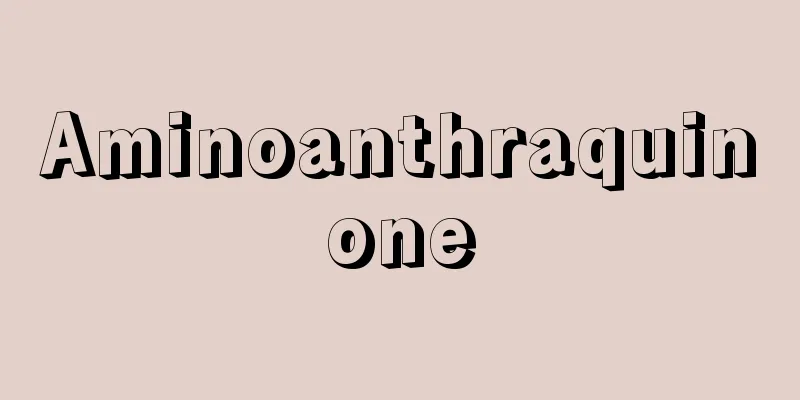Terada - Jiden

|
Land owned by temples existed from ancient times to the Middle Ages. Its origins date back to the pre-Taika period (645-650), and after the Taika period it was heavily protected by the state, and was excluded from taxation under the land distribution system, and was also designated as non-exportable land. It is believed that temples were considered to be state institutions, and temple land became non-exportable land. According to the regulations of the ryo, government officials and peasants were prohibited from donating or selling land to temples, but after the enactment of the law on the ownership of land for personal use (743), temples actively sought to expand their temple land by cultivating and purchasing land. Non-exportable land was limited to the temple land necessary for the temples to operate as state institutions, but temples used it as the core to increase non-exportable land to include new rice fields, which was one of the factors behind the establishment of temple estates. [Koichi Murayama] Source: Shogakukan Encyclopedia Nipponica About Encyclopedia Nipponica Information | Legend |
|
古代から中世にかけて存在した寺院の所有田。その起源は大化(たいか)(645~650)前代にさかのぼり、大化以後は国家の厚い保護を受け、班田収授制のもとでは収授の対象から外され、また不輸租田(ふゆそでん)とされた。寺田が不輸租田となったのは、寺院が国家の機関とみなされていたからであると思われる。令(りょう)の規定では、官人や百姓が寺院に田地を施入・売与することは禁じられていたが、墾田永年私財法発令(743)以後、寺院は開墾・買得などにより積極的に寺田の拡大を図った。不輸租田としての寺田は、国家機関としての寺院が活動するために要する寺田に限られていたが、寺院はそれを中核に新規水田にまで不輸租田を増やし、それが寺領荘園(しょうえん)成立の一要因となった。 [村山光一] 出典 小学館 日本大百科全書(ニッポニカ)日本大百科全書(ニッポニカ)について 情報 | 凡例 |
Recommend
Benishijimi (English name: small copper)
A butterfly belonging to the order Lepidoptera, f...
Color Gauge Theory
…Another important development is that the theory...
radiation equilibrium
...(1) A state in which thermal equilibrium exist...
Oncosfera - Oncosfera
Please see the "Hexagonal Larvae" page....
Spiny jellyfish - Spiny jellyfish
A marine animal belonging to the phylum Coelenter...
Act of Supremacy
Also known as the Act of Supremacy. Statutes enac...
Regular polyhedron
A polyhedron in which all faces are made of congru...
Rewrite - Rewrite
…However, if disownment was only announced verbal...
Stibine
…With alkali metals, alkaline earth metals, and s...
Travel Sleep Theory - Tabineron
A haiku book by Mukai Kyorai. Published in 1699 (G...
Collection of lottery tickets
A book of instruction for Suika Shinto. Edited by ...
Zodiac statues - Jyuunizo
They are also called the twelve animals or the twe...
Sub-letter/cover letter - soejo
A letter attached to the main document in the Midd...
Republic of Oriental del Uruguay (English)
…Official name: Oriental Republic of UruguayRepúb...
Noh mask - Noumen
Masks used in Noh. They are called "omote&qu...
![Shetland [Islands] - Shetland](/upload/images/67cbb963837ed.webp)








